Doors are not just functional components of a home; they serve as an essential design element that can elevate the look and feel of your space. Whether you’re considering a wooden main door design for a timeless appeal or a sleek modern wooden door design for contemporary aesthetics, the choice of types of door can dramatically enhance your home’s style.
If you are designing a new space, options like a wood door design for warmth and elegance or an iron gate design for security and grandeur can provide the perfect blend of beauty and functionality. For homes with a focus on ultra-modern aesthetics, explore main entrance modern door designs that incorporate innovative features and materials.
In this blog, we’ll delve into the different types of doors and the materials commonly used, helping you make informed choices for your home.
Types of Doors
When it comes to doors, the variety is vast. Each types of doors has its own unique features, making it suitable for different purposes and spaces.
1. Hinged Doors
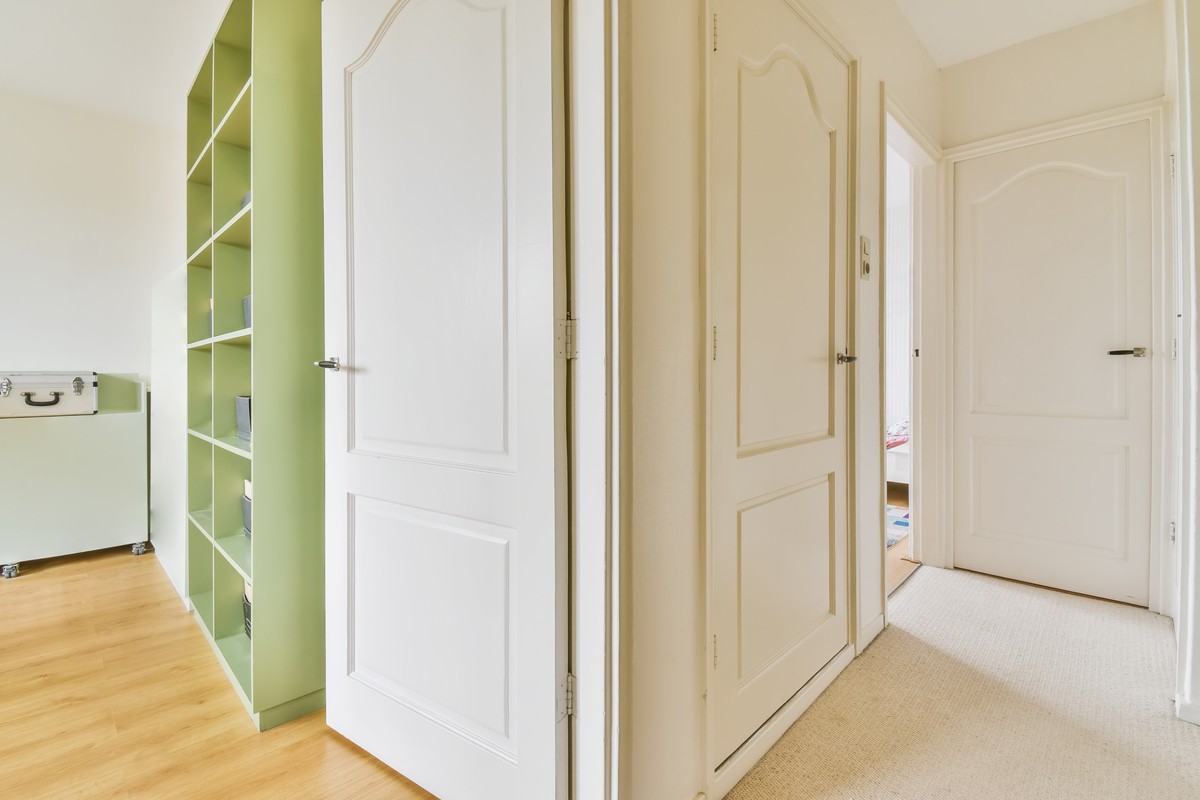
For a classic look, consider wooden door designs for homes, which offer elegance and durability. Whether you prefer minimalist styles or intricate carvings, hinged doors provide a versatile option for any space.
- Best for: Bedrooms, bathrooms, and main entrances
- Why Choose Them: They are versatile, widely available, and come in a range of styles to match any interior.
- Cons: Requires space to swing open
2.Sliding Doors
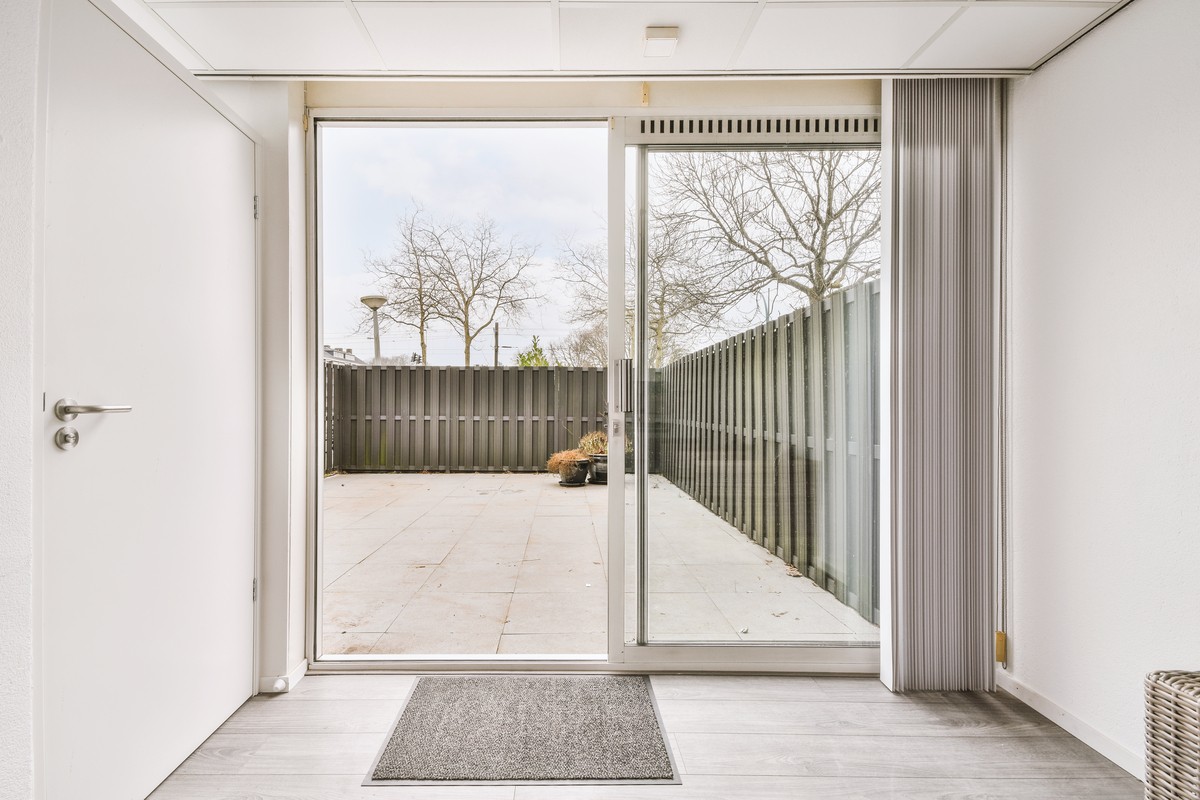
If you want a modern and saves room solution, sliding doors are great.. They operate by gliding along a horizontal track, making them perfect for tight spaces.Combine them with window grill designs that complement your theme, ensuring both style and security for your home.
- Best for: Patios, closets, and room dividers
- Advantages: These doors maximize space while maintaining a sleek and contemporary look.
- Cons: Can be challenging to clean and maintain
3. French Doors

French doors are synonymous with elegance. Featuring two panels that open outward or inward, they often have glass panes that allow light to pass through.
- Best for: Living rooms, gardens, or separating rooms
- Aesthetic Appeal: They allow natural light to flow freely into the house.
- Cons: Requires significant swing space
4. Pocket Doors
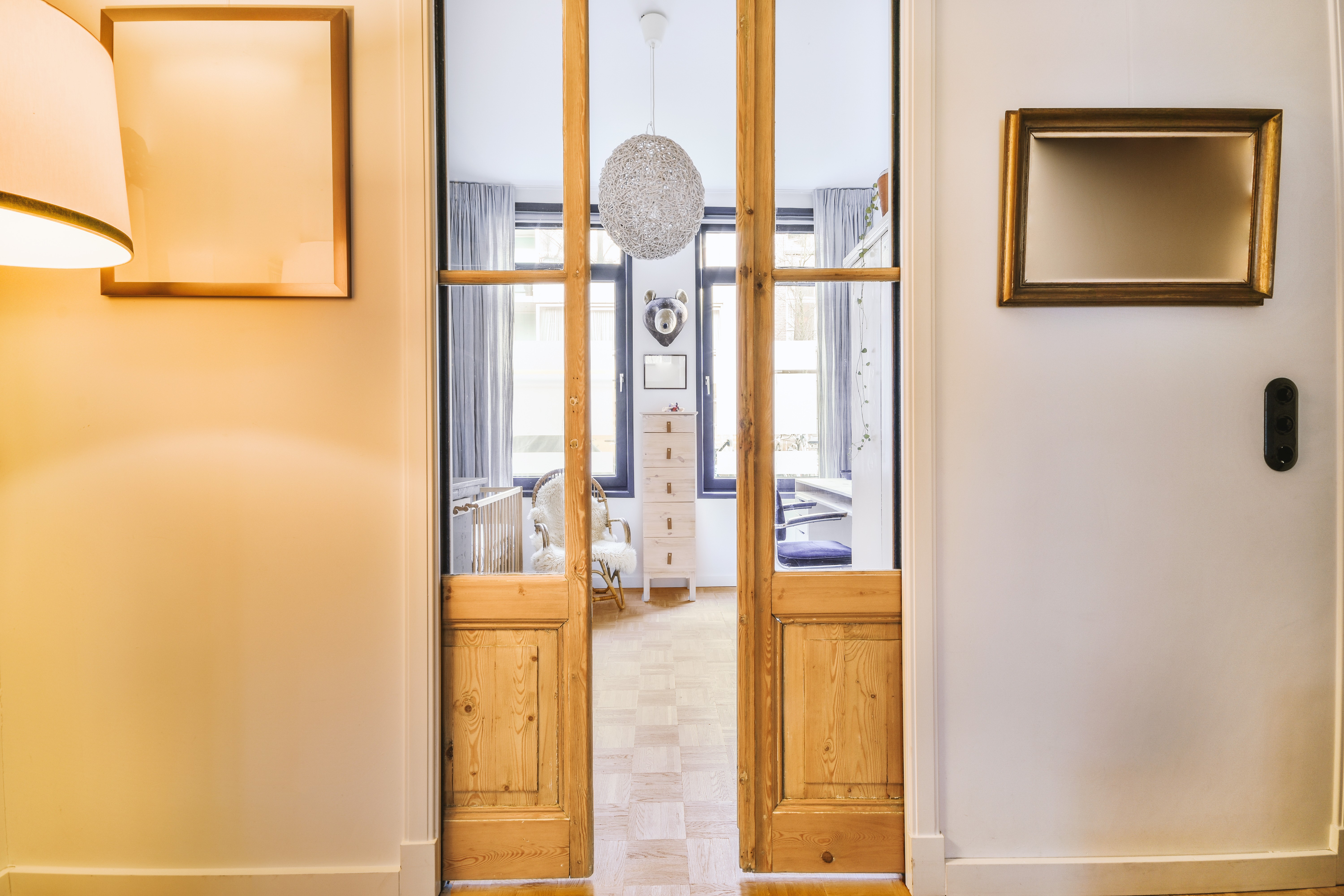
For a minimalist and space-efficient solution, pocket doors are a great choice. These doors slide into a hidden wall cavity, creating a seamless look when open.
- Best for: Bathrooms, pantries, and compact areas
- Key Feature: They are excellent for maximizing floor space without compromising functionality.
- Cons: Difficult to repair once installed
5. Bi-Fold Doors
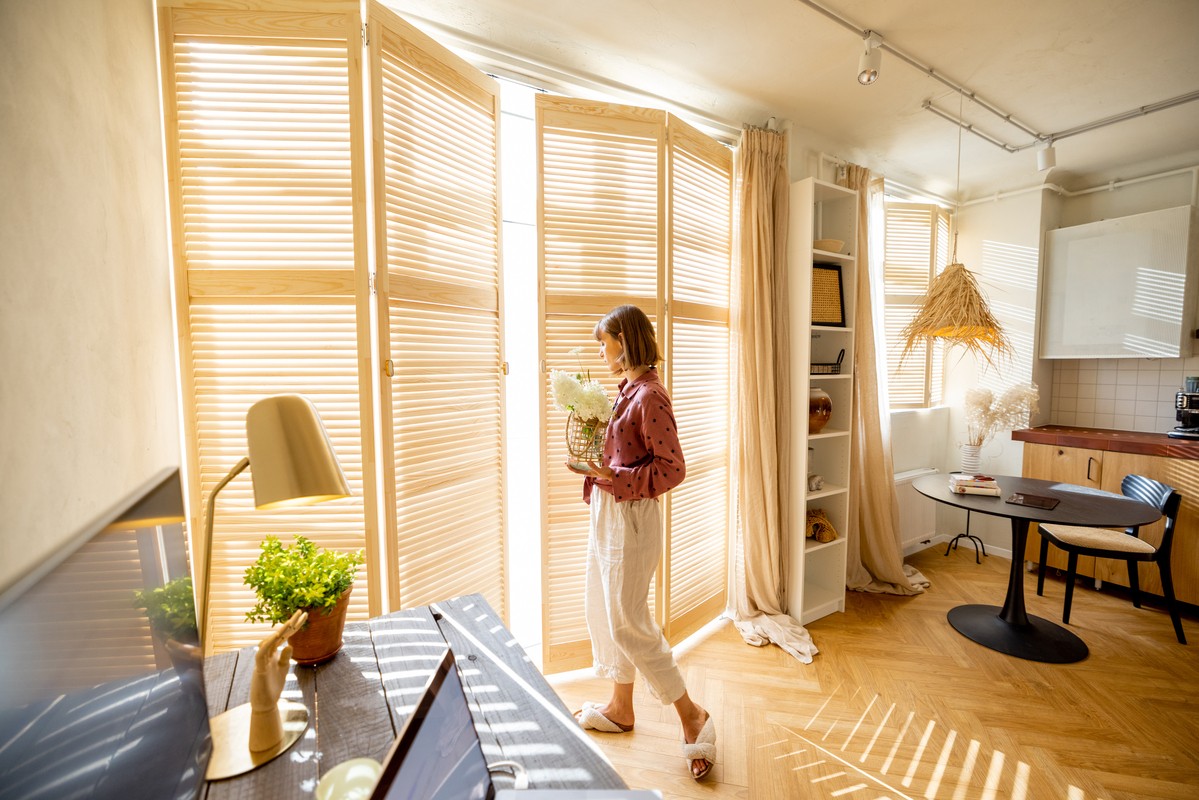
Bi-fold doors consist of multiple panels that fold back against each other when opened, making them a practical choice for areas that require wide access.
- Best for: Closets, laundry rooms, or dividing spaces
- Why Consider Them: They are compact yet offer expansive openings, blending convenience with style.
- Cons: Can be less durable if frequently used
6. Dutch Doors
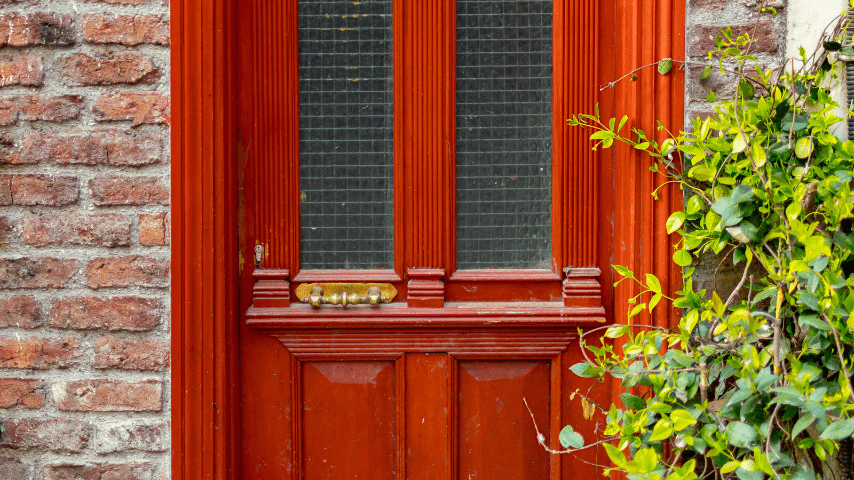
Dutch doors can be divided horizontally, allowing the top and bottom sections to open by themselves. These doors bring both charm and practicality.
- Best for: Kitchens, nurseries, or outdoor entryways
- Unique Feature: They are perfect for homes with pets or for creating ventilation while maintaining privacy.
- Cons: Limited availability in modern designs
7. Pivot Doors
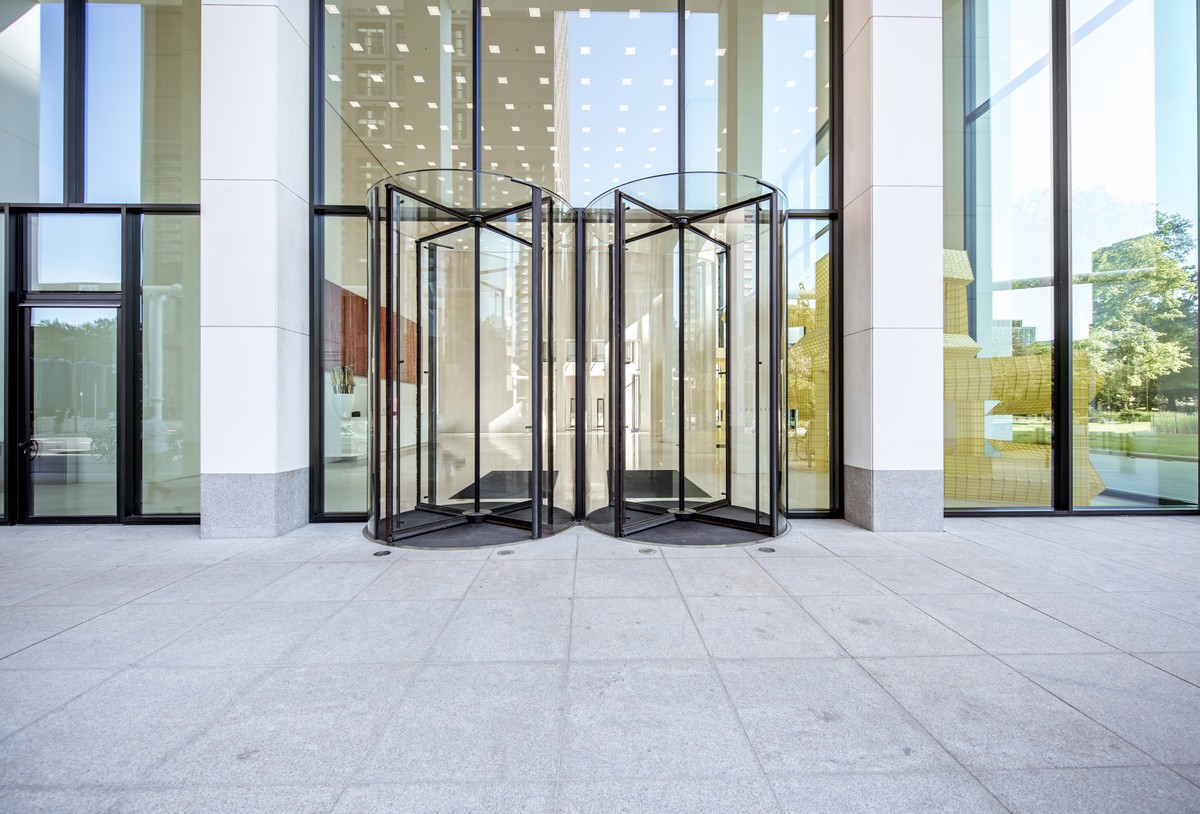
If you’re looking for bold and dramatic options, main entrance modern door designs like pivot doors make a grand statement. They pair well with ultra-modern main entrance door styles, perfect for contemporary architecture.
- Best for: Main entrances or large, open interiors
- Highlight: These doors are as functional as they are visually striking, making them a popular choice for contemporary homes.
- Cons: Expensive and requires precise installation
8. Barn Doors

Barn doors slide along an exposed track, combining rustic charm with modern practicality. They are a trending choice for those looking to add character to their homes.
- Best for: Bedrooms, bathrooms, or kitchens
- Added Appeal: Barn doors are unique, space-saving, and versatile in their design.
- Cons: Limited sound insulation
9. Flush Doors
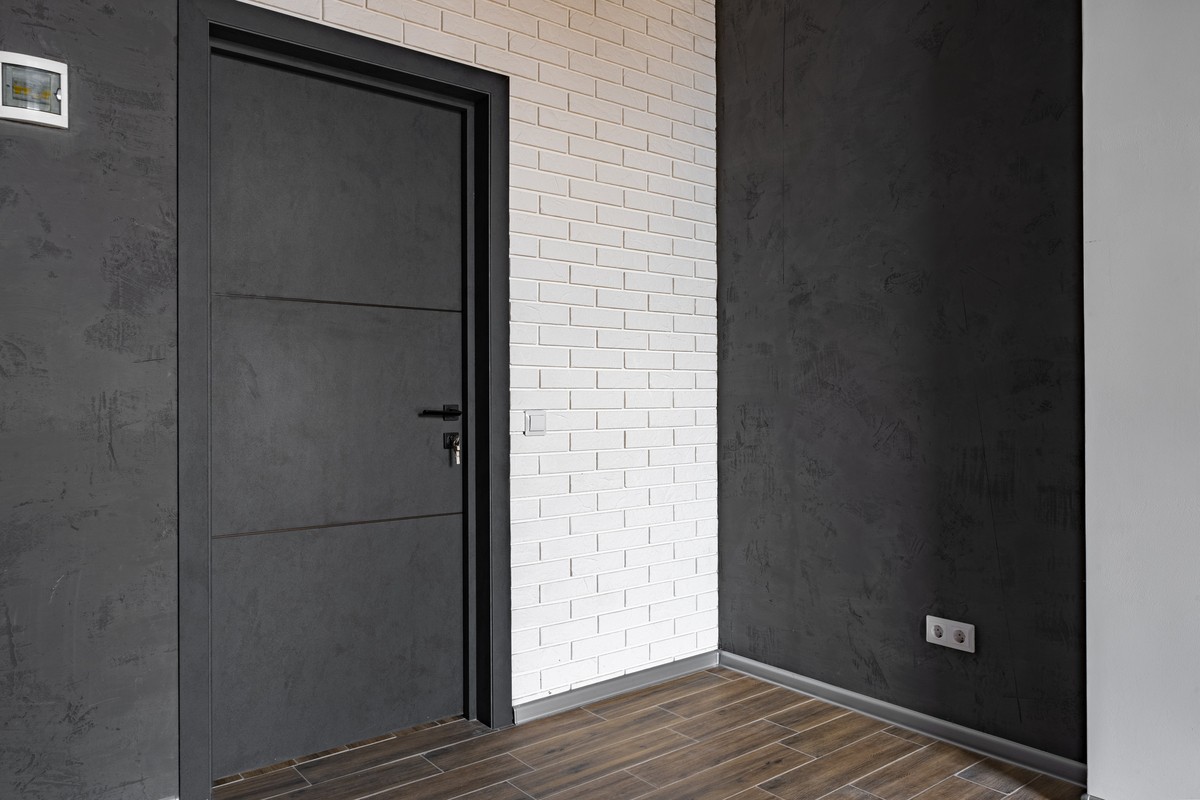
Flush doors are sleek and flat, they blend easily into the house creating a modern and minimalist interior look.
- Best for: Bedrooms, offices, or interior partitions
- Why Choose Them: These doors offer a clean and simple aesthetic while being highly affordable.
- Cons: Lack of intricate detailing
10. Glass Doors
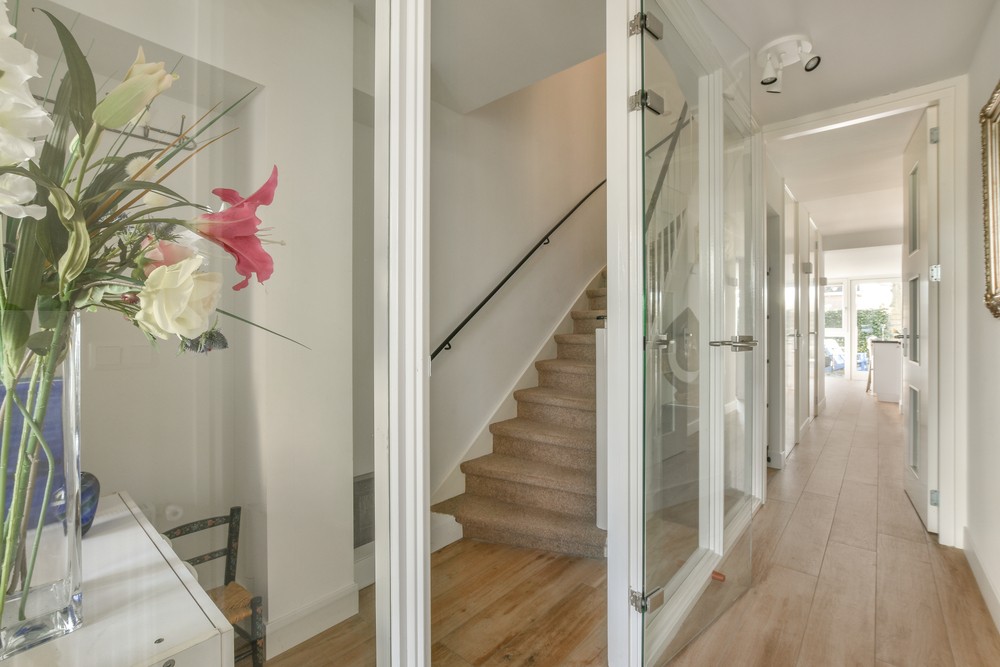
Glass doors provide elegance and light. Whether fully transparent or frosted, they create an airy and open feel in any space.
- Best for: Living rooms, patios, or as room partitions
- Enhancement: They bring in natural light and a contemporary touch to your interiors.
- Cons: Requires frequent cleaning
Materials Used in Types of Doors Construction
The types of doors you choose is only half the story; the material it’s made from significantly affects its durability, appearance, and functionality. Let’s explore the most common materials.
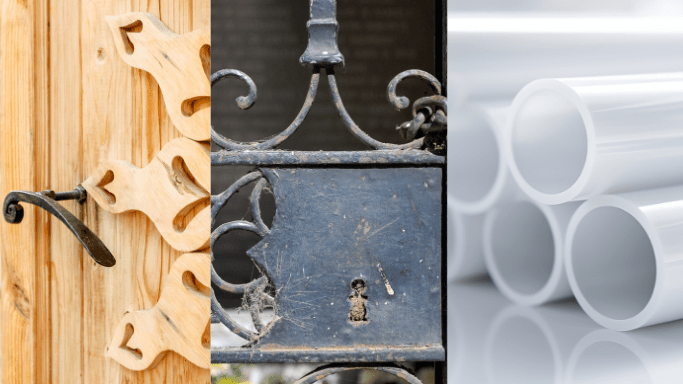
Wood door design is a vintage material that combines its inherent beauty and durability. Wood door design for home, It is suitable for various types of doors, including hinged, French, and barn doors.
- Types: Solid wood, engineered wood, plywood
- Advantages: Durable, customizable, and visually appealing
- Considerations: While beautiful, wood can warp in humid conditions and tends to be expensive.
Glass is a favorite for its elegance and ability to let light flow freely. It is commonly used in sliding, French, and patio doors.
- Types: Tempered glass, frosted glass, stained glass
- Benefits: Glass is both modern and attractive, enhancing sunlight and view.
- Downside: Regular cleaning is required, and it offers limited privacy unless frosted.
Metal doors are strong, durable, and often used for exterior security. They come in materials such as steel, aluminum, and wrought iron.
- Best Use: Main entrances and industrial designs
- Why Choose Them: They provide excellent security and weather resistance, though they can be heavy and less customizable.
PVC is a budget-friendly material, lightweight and water-resistant, making it a practical choice for interior doors.
- Advantages: Affordable, easy to maintain, and moisture-proof
- Drawback: Limited design options compared to other materials.
Fiberglass combines durability with energy efficiency. It is often designed to mimic the look of wood without the maintenance challenges.
- Use Cases: Main entrances and patio doors
- Pros: Weather-resistant, energy-efficient, and long-lasting
- Cons: More expensive than wood or PVC.
Composite materials, such as MDF (Medium Density Fiberboard) and HDF (High Density Fiberboard), are made from wood fibers and resins.
- Use: Ideal for interior flush doors
- Advantages: Affordable and resistant to warping
- Limitations: May not offer the premium appearance of solid wood.
Aluminum is a sleek, modern material that is lightweight and corrosion-resistant, often used in sliding and patio doors.
- Benefits: Low maintenance and durable
- Considerations: It’s a poor insulator and can dent easily.
UPVC is a rigid version of PVC, offering enhanced durability and weather resistance.
- Ideal For: Exterior doors and sliding doors
- Why Use It: Termite-proof, weather-resistant, and cost-effective.
Iron is a heavy-duty material often used for decorative or ornate doors, offering strength and a unique look.
- Best Use: Main entrances and gates
- Pros: High security and artistic designs
- Cons: Susceptible to rust if not treated properly.
Bamboo is a sustainable, eco-friendly material, ideal for lightweight and unique door designs.
- Where to Use: Interior doors or room dividers
- Pros: Eco-conscious and distinctive in appearance
- Cons: Requires regular maintenance and care.
How to Choose the Right Door for Your Home
Selecting the right door for your home can feel like a daunting task, given the variety of options available. However, by focusing on a few key factors, you can make an informed choice that aligns with your practical needs and design aspirations. Let’s discuss this types of doors :
1. Functionality
The first step in choosing a door is to identify its primary purpose. For wooden main entrance modern door designs, prioritize materials like solid wood for durability and aesthetics. If security is a concern, pair your doors with iron gate designs or gate designs that add an extra layer of protection.
Ask yourself: What role will this door play in my home?
- For spaces like bedrooms and bathrooms, solid doors with soundproofing qualities, such as those made of wood or composite, are ideal.
- For main entrances or back doors, prioritize sturdy materials like steel, fiberglass, or heavy-duty wood to ensure your home is secure.
If the goal is to enhance the look of your home, opt for visually striking doors like French doors, pivot doors, or barn doors, which act as design focal points.
- In tight spaces, sliding or pocket doors can be excellent solutions as they don’t require additional clearance for swinging.
2. Location
The location of the types of doors heavily influences your choice of material and design. Consider the following:
- These need to withstand the elements, so durability and weather resistance are essential. Fiberglass, metal, or treated solid wood are great options. Additionally, exterior doors should provide insulation to maintain energy efficiency.
- Opt for versatile wooden door designs for homes that complement your decor.Lightweight materials like engineered wood, composite, or PVC are suitable for interior doors, as they don’t require the same level of durability as exterior doors. They also allow for more flexibility in terms of design and budget.
- For frequently used doors, choose materials that resist wear and tear, such as solid core wood or aluminum.
- A modern wooden door design or an iron gate design can set the tone for your home’s exterior. Consider features like intricate carvings, grills, or sleek panels for added impact.
- Sliding or folding doors paired with stylish window grill designs can enhance your outdoor view while maintaining security.
3. Style
Your choice of door should harmonize with your home’s decor and overall design theme. Consider these elements:
- Hinged wooden doors, paneled designs, or French doors work well for homes with classic or traditional aesthetics.
- Sleek, minimalist doors like flush doors, sliding glass doors, or pivot doors complement modern interiors.
- Barn doors, Dutch doors, or distressed wood finishes add character to rustic-style homes.
- Metal doors or doors with exposed hardware fit seamlessly into industrial-inspired spaces.
Think about the color, finish, and any additional decorative elements like glass panels or carvings to ensure the door enhances your home’s style.
4. Budget
Your budget plays a significant role in narrowing down your choices. Types of Doors options vary widely in price, depending on the material, size, and customization:
- Materials like PVC, UPVC, or composite doors are budget-friendly and still offer durability for interior spaces.
- Engineered wood, aluminum, or standard fiberglass doors provide a balance between cost and quality.
- Solid wood, custom-designed doors, or high-end pivot doors are pricier but deliver unparalleled beauty and craftsmanship.
Remember to also account for additional costs like installation, hardware, and maintenance when setting your budget.
5. Additional Considerations
Beyond the basics, here are a few more factors to think about:
- For exterior doors, look for options with proper insulation and energy ratings to reduce heating and cooling costs.
- For rooms like home offices or bedrooms, consider doors with good acoustic insulation.
- Some materials, like wood, require regular maintenance, while others, like fiberglass or PVC, are low-maintenance. Choose a material that suits your lifestyle.
- If you want a unique look, consider custom designs, colors, or finishes to create a one-of-a-kind feature in your home.
Transforming Your Space with the Right Door
Doors are not just functional components of a home; they are integral design elements that can completely transform the look and feel of your space. Whether you’re prioritizing functionality, aiming for a specific aesthetic, or working within a budget, the variety of types and materials available offers endless possibilities.
Finding the perfect door is not merely about utility—it’s an opportunity to inject personality, style, and charm into your living space. By carefully considering factors like functionality, location, style, and budget, you can strike the perfect balance between form and function. The right choice will not only meet your practical needs but also create an inviting and well-designed environment that elevates the overall appeal of your home.
Conclusion
Understanding the various types of doors and materials available helps you strike the perfect balance between style and practicality. Whether you choose a modern wooden door design or a customized wooden main entrance modern door design, it’s essential to select options that bring both beauty and functionality to your home. Doors play a pivotal role in shaping the character and style of a space, from the rustic charm of barn doors to the timeless elegance of French doors or the sleek modernity of glass and metal designs.
For inspiration, turn to Cibi + Simeon Designs, the best interior designers in Chennai. Known for our innovative and stylish creations, they blend functionality with aesthetic excellence. We expertise can help you discover unique door designs that fit seamlessly into your home’s architecture and interior style.
By choosing wisely and leveraging the brilliance of design from Cibi + Simeon Designs, you can let your doors make a bold or subtle statement, transforming your living space into something truly remarkable.


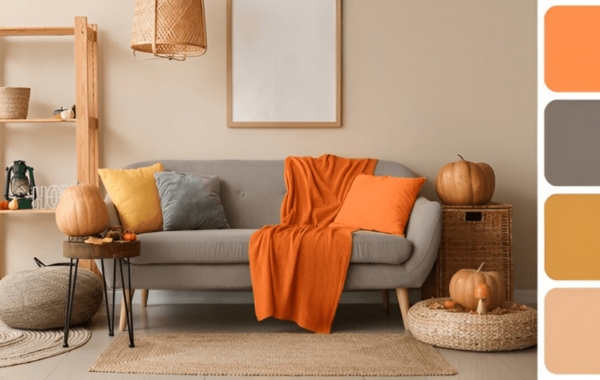
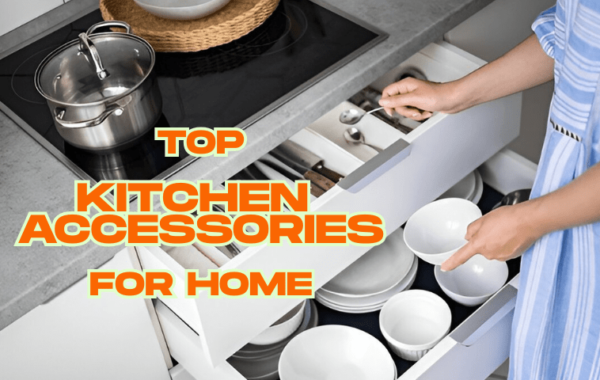
Permalink